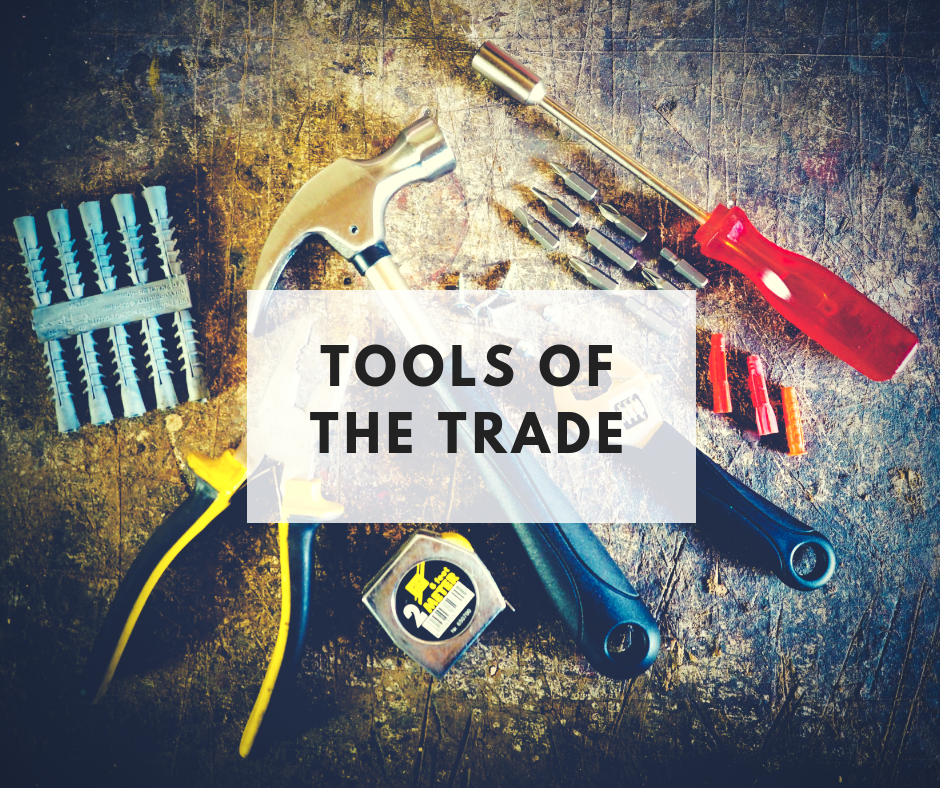As I scanned through social media today, I came across a couple of things that are routinely posted related to instructional design. The first was an article proclaiming that online learning was found to be less effective than face-to-face instructional for a particular population of learners. As they say, if I had a dollar …
Those familiar with our field are likely well aware of the Great Media Debate in which Clark argued, “[…] media are mere vehicles that deliver instruction but do not influence student achievement any more than the truck that delivers our groceries causes changes in our nutrition.” In other words, in studies like the one I read today, the media (truck) is blamed for the outcome versus the instructional message and strategies (e.g., groceries) that are being delivered.
My hunch is if we drill down into that study, the description of instructional strategies would be sparse. Also, based on what I see out in the wild, my hunch is the online learning being compared in the study is little more than content put online (a.k.a. “shovelware”) with maybe a quiz tossed in to see if students are staying awake … I mean … memorizing anything.
A true comparison to the type of online learning I’m describing would be to put a student in an empty classroom with a piece of paper. Ask him to read the paper. When he looks up and around to see what’s next, hand him a brief set of quiz questions followed by another piece of paper to read. Repeat. Now, with strategies roughly equivalent, that would be a fair comparison study to the online learning I described above, and I’m betting there would be no significant difference in results. Yeah, the results wouldn’t be great, but they would be similar.
What I’m getting at is the misplaced focus on the instructional designer’s tools (e.g., media) but not the instructional designer’s trade (e.g., the instructional strategies to support learning), which brings me to the other thing I observed today. I’m a member of several instructional design groups on Facebook. Inevitably, someone interested in joining the field (or someone who has just become an “accidental designer” newly assigned to the role), will ask the group where the best place is to gain the necessary experience/credentials to become a designer. Nearly 100% of the time, their questions revolve around how to learn some type of educational technology; most often some eLearning authoring tool, such as Captivate or Storyline.
Each time, I want to jump into the replies and point out that these things are the tools of the trade, but not the trade! It would be like someone saying they want to learn how to be an accountant and asking where can they get training on Quickbooks. Or, someone hoping to become a plumber by seeking out training/certification on how to use a wrench. These tools are essential parts of the job, but the know-how to use these tools certainly doesn’t reflect the full set of skills/knowledge it takes to be an accountant or plumber.
In both of these examples, the focus on the medium is understandable. It’s the thing that is most visible. It’s much more difficult to appreciate the underlying design processes and instructional strategies being employed. However, we (as a field) need to continue to call out studies that compare online learning to face-to-face learning without any analysis of the underlying strategies being used. Also, we need to steer prospective students to established programs that focus on the trade, as well as the tools.
